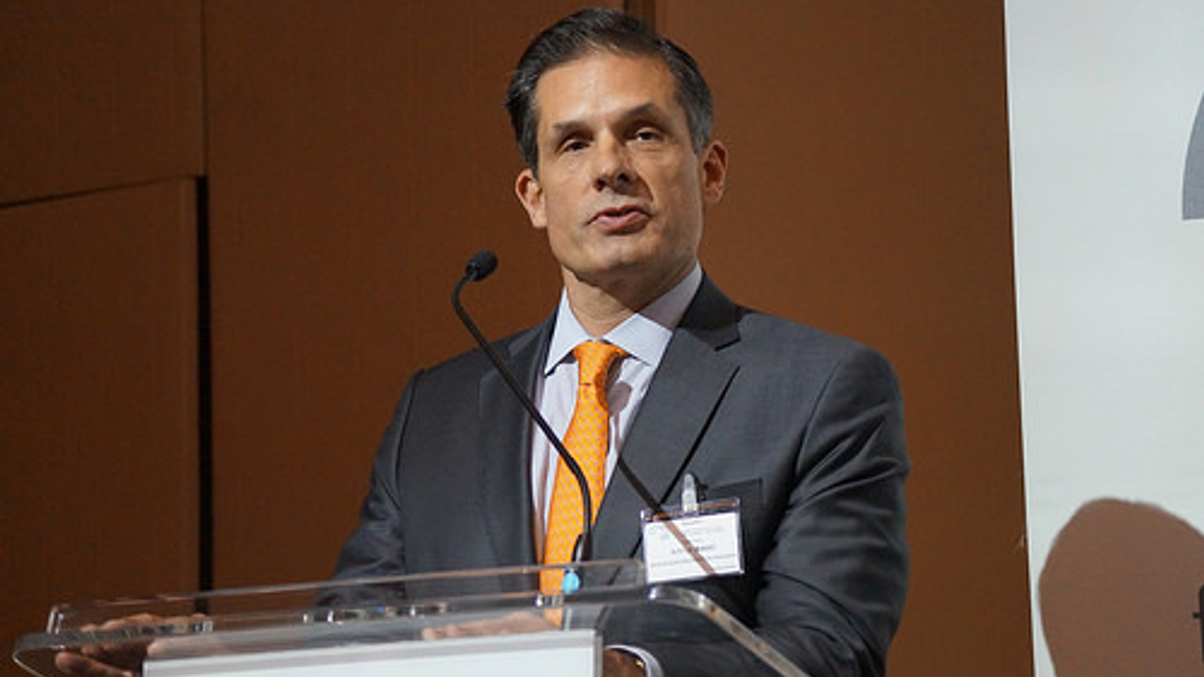More MPF changes coming, but friction remains
As Hong Kong's Mandatory Provident Scheme Authority releases its 15-year performance review ahead of reforms due this year, the city's funds industry still sees issues to be tackled.

Among the new initiatives due for rollout this year under Hong Kong’s Mandatory Provident Fund (MPF) Scheme are a global balanced reference portfolio and a centralised system for administering MPF payments.
Sign In to Your Account
Access Exclusive AsianInvestor Content!
Please sign in to your subscription to unlock full access to our premium AI resources.
Free Registration & 7-Day Trial
Register now to enjoy a 7-day free trial—no registration fees required. Click the link to get started.
Note: This free trial is a one-time offer.
¬ Haymarket Media Limited. All rights reserved.


